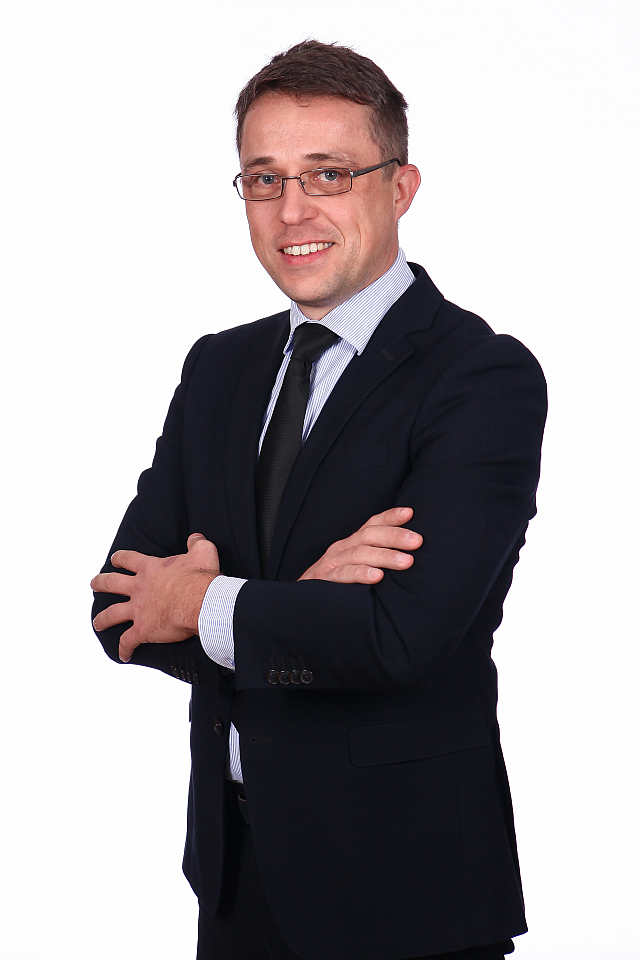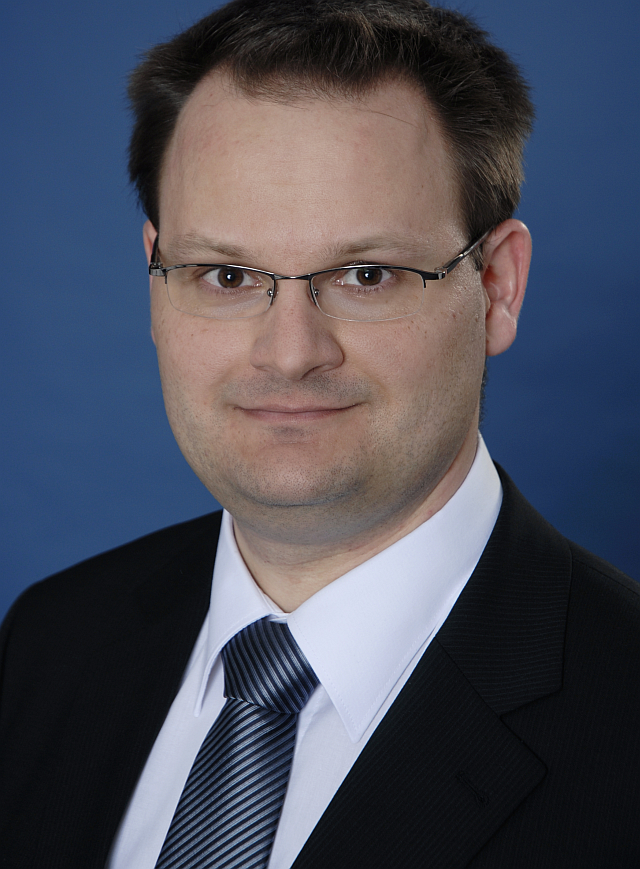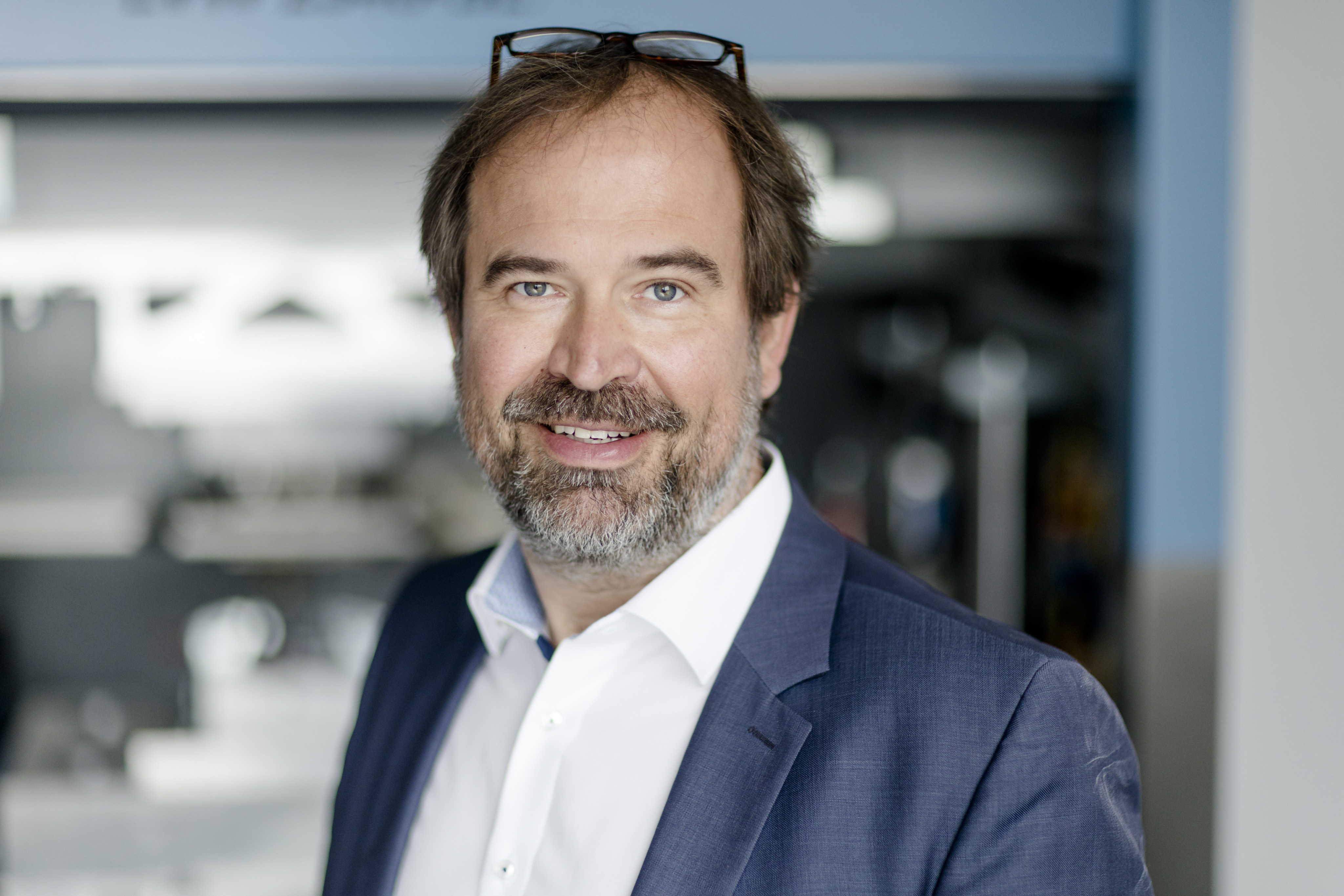
Prof. Jian Cao
Northwestern University, USA
Current research efforts at our manufacturing group are rooted in advancing new flexible manufacturing processes using the combination of the mechanics-driven and data-driven approaches. In this talk, I will share our recent work towards the integration of the fundamental process mechanics, process control, and techniques including machine learning to achieve desired properties.

Prof. Lukasz Madej
AGH University of Science and Technology, Poland
The topic presents a concept of full-field microstructure-based models that can be considered as digital shadows of the metallic material's microstructure during numerical simulations of forming operations. Recent progress in the area of full-field modelling is directly driven by the development of modern metallic materials, often of multiphase nature. Such microstructure types lead to local heterogeneities influencing material behaviour and, eventually, macroscopic properties of the formed product. The concept of the digital material shadow, stages of the model development, and examples of practical applications to simulation of microstructure evolution during sheet forming operations will be discussed within the talk. The presented results will demonstrate the capabilities and also current limitations of such microstructure-based models in the numerical design of final product properties.

Dr.-Ing. Thomas Behr
Mercedes-Benz
The requirements for future automobiles will continue to include the aspects of functional fulfillment and performance, but as is generally known, the aspect of lightweight construction will gain in importance. In the context of the lecture, the Vision EQXX for lightweight construction will be discussed. Efficient design and manufacturing processes such as Bionicast® and Tailored Tempering will be adressed as well. Considering the sustainability of the body materials, which can be seen in the context of Green Steel and Green Alu, will be essential in the future. This aspect is also presented from the perspective of an OEM.

Dr. Tassilo Christ
d-fine
Like all corporates the sheet metal industry is facing numerous business challenges. Ever Increasing quality demands, tightening margins, shrinking lot sizes and increasing product individualization are aggravated by disrupted supply chains, a lack of skilled workforce and increasing requirements towards sustainability in production, energy management and recycling processes. Enhanced automation and efficiency optimization of all manufacturing steps are – and have always been – the means to cope with these challenges. Continuing this logic the “fourth industrial revolution” meets the pressure to innovate by establishing an ever more complete digital end-to-end representation of the value chain from raw material extraction and supply chain to production processes and client-side product life-cycle. In this presentation we discuss three particular added value aspects delivered by digitization in the sheet metal industry and the challenges associated therewith. The examples originate from our collaboration with the LFT team and different industrial corporates and cover inline quality control with AI-based image recognition tools, cross-corporate data exchange along hybrid manufacturing processes and cross-domain simulations in sheet metal forming.

Prof. Dietmar Drummer
FAU Erlangen-Nürnberg
Endless fiber reinforced plastics are well known as the best material solution for weight specific mechanical properties. Semi finished sheets, made of thermoplastic polymers with endless fiber reinforcement, so called Organosheets, offer many . different integrated functions and can be formed easily and fast to complex products. Their ability for process combinations . i.e with further mass production processes like injection molding or with joining technologies and their ability for recycling . opens new fields of sustainable lightweight structures.